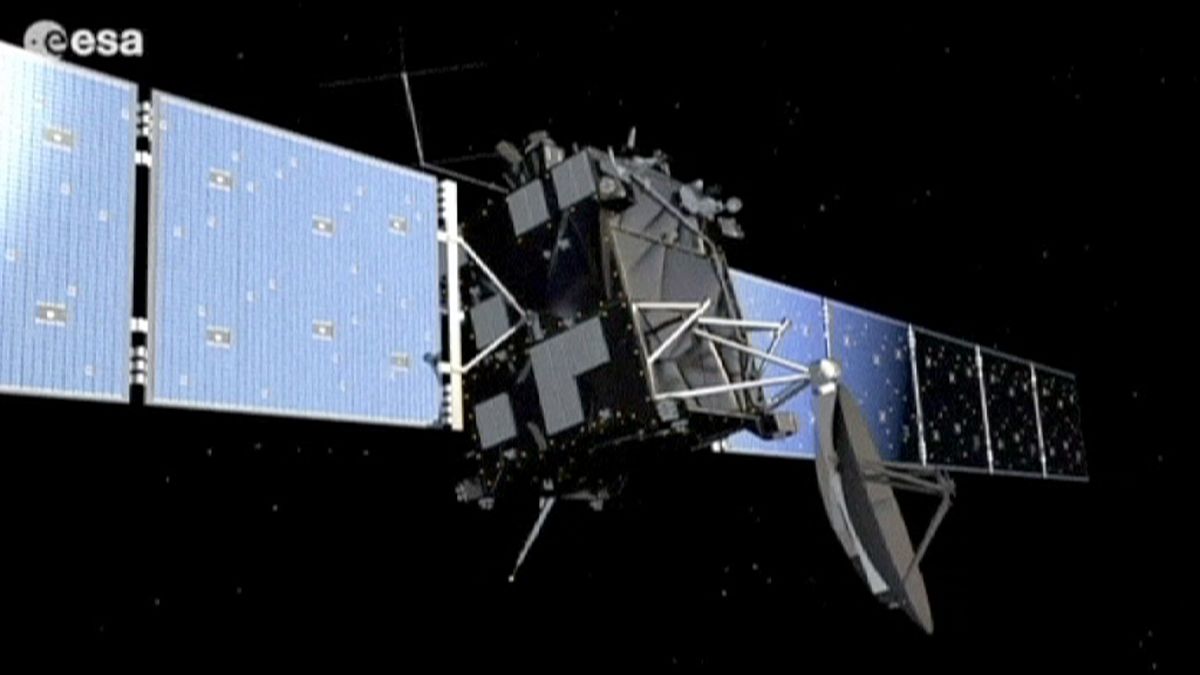Wake up Rosetta! Time to go to work. The European Space Agency’s comet exploration probe Rosetta, launched ten years ago, has been asleep for three years. Electronics and heaters were powered down intentionally in 2011.
The nearly one billion-euro robot’s unprecedented mission now is to orbit and land on Churyumov–Gerasimenko comet.
Rosetta’s minders this Monday are all ears.
Andera Accomazzo, Rosetta Spacecraft Operations Manager, said: “The signal is just a beep. A single beep. If we hear it then it means the spacecraft has done its job up to that point and it’s up to us to do the rest. We have a very tiny time window to pick up this signal and to command the spacecraft into its next configuration and this is our challenge for the hibernation exit.”
Rosetta began its voyage aboard an Ariane 5 rocket, on 2 March, 2004. It has now gone from Kourou, in French Guiana, to beyond the orbit of Jupiter. Ground control’s hoping it’s still fresh.
It’s gone five billion kilometres, having a look at a couple of asteroids along the way, sending data home. Earthlings have never played chase with a comet before.
‘Chury’, as some scientists have dubbed it, is a 4.6 billion year-old, 4km-wide gritty iceball discovered in 1969.
Matthew Taylor, ESA’s Rosetta mission project scientist, said: “The key points are: for the first time, we will rendezvous with a comet. This is never been done before. For the first time we will escort, once we have rendezvoused with it, we will escort it on its journey through its closest approach to the Sun and then it comes back out again, and then as a kind of icing on the cake, the cherry on the top, for the first time we will deploy a lander on the comet itself.”
The lander, called Philae, should approach its prey in May at a relative velocity of 3.6 kmph and fire a couple of harpoons into Chury so it doesn’t bounce away, because it can’t count on the negligible gravity. Drills to test the secrets of planet formation are supposed to help.
Remote control over more than 700 million kilometres makes threading a needle seem like child’s play.
